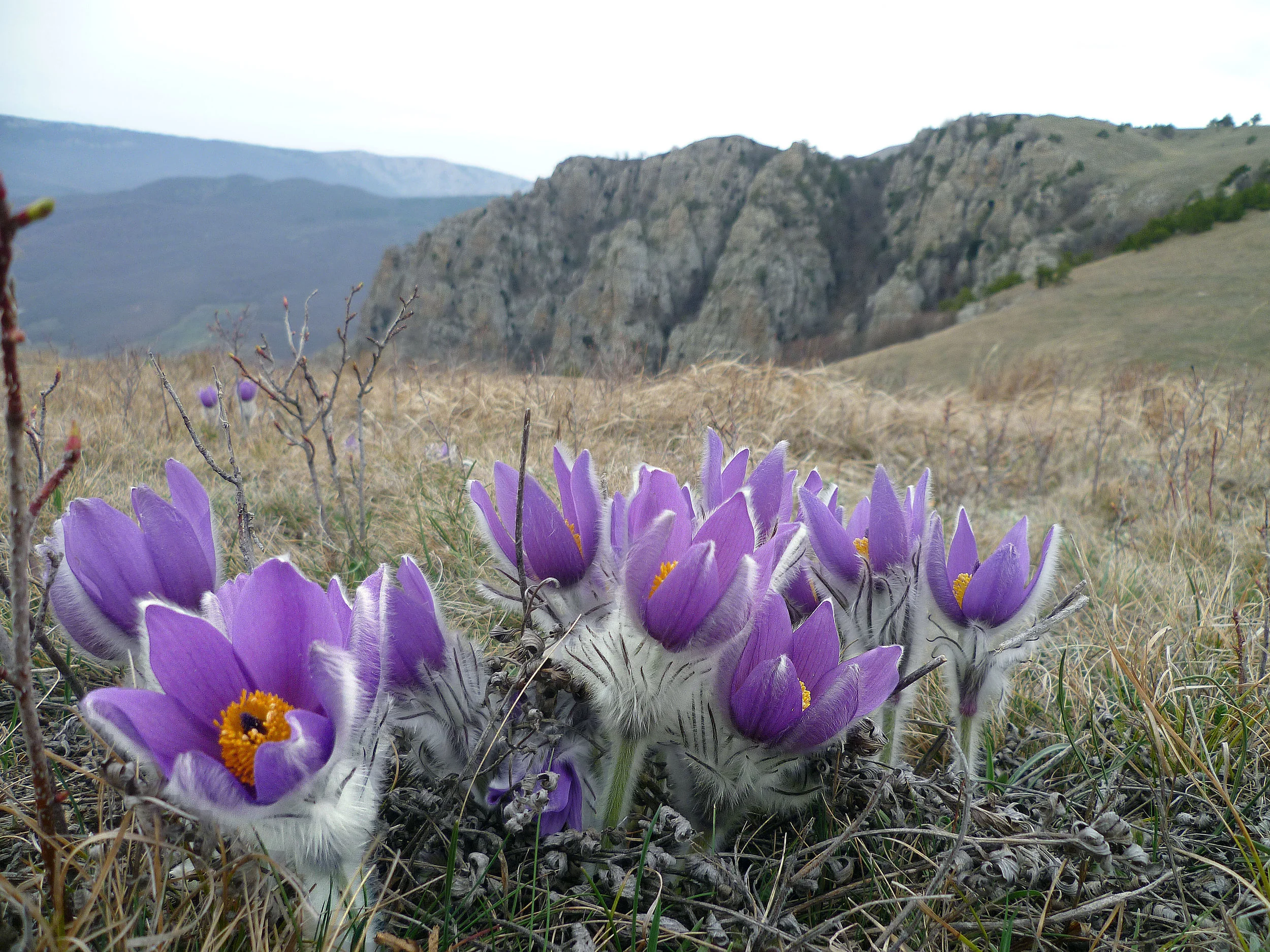In this exciting episode, In Defense of Plants explores the fascinating botanical communities growing in a sand prairie in central Illinois. The unique soil conditions makes this place a hotbed for rare plants. Many of these species are disjuncts from further west.
The story of this place began some 14,000 years ago as glacial outwash from the long gone Lake Chicago blew across the landscape and piled into great sand dunes. Join us for a fascinatingly beautiful botanical adventure.
CORRECTION: The cactus is not Optuntia fragilis, it is actually the eastern prickly pear (Opuntia humifusa)... Woops!
Producer, Writer, Creator, Host:
Matt Candeias (http://www.indefenseofplants.com)
Producer, Editor, Camera:
Grant Czadzeck (http://www.grantczadzeck.com)
Facebook: http://www.facebook.com/indefenseofpl...
Patreon: http://www.patreon.com/indefenseofplants
Tumblr: http://www.tumblr.com/indefenseofplants
Twitter: @indfnsofplnts
_________________________________________________________________
Music by:
Artist: Lazy Legs
Track: Sparks
Album: VISIONDEATH
http://lazylegs.bandcamp.com


